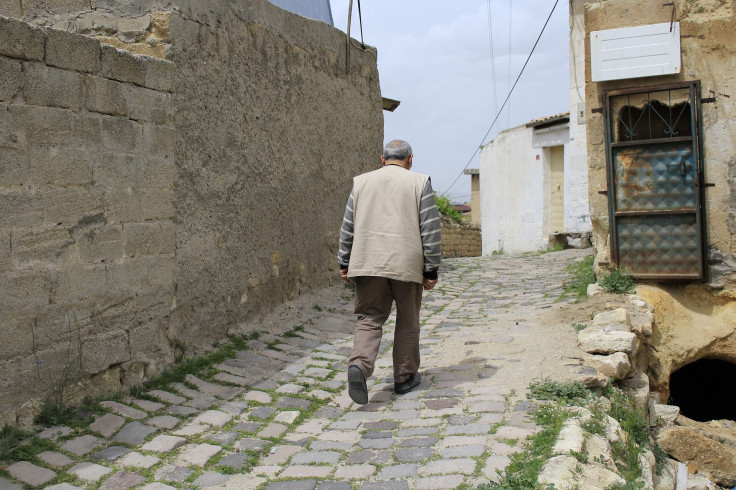Changes In The Way Elders Walk Can Predict Death And Disability

The way in which an elderly person walks can predict if they are at risk for frailty, disability, and death, new research found.
The researchers from Brigham and Women’s Hospital, Boston, Massachusetts have found that multiscale characteristics derived from spontaneous everyday movements can be used to monitor the health of older individuals.
The study used wristwatch-like actimetry sensors fixed to the wrists and ankles of older adults in order to collect an enormous amount of data on their motor activities.
By analyzing the data, they found out that a lot of complex physiologic networks fluctuate along with fractal patterns which imply that the fluctuations have temporal, structural and statistical properties that are similar across a wide time scale. The researchers sought to determine if these fractal regulation patterns might be used to forecast their risk of death and frailty.
The research began in 2005 when they asked elderly participants to wear wristwatch-like activity monitors for about ten days as a part of their routine. These monitoring devices measured their acceleration in a direction parallel to the device’s face.
They then followed the participants until 2018 and analyzed about 1275 of them. They found that random fluctuations in walking acceleration measured at baseline corresponded with disability, frailty and all-cause mortality. To be precise, for every 1 standard deviation increase in the fluctuations of their walk, their risk of frailty increased by 31%, disability risk by 15%-25% and death risk by 26%.
The researchers opined that the wrist-and ankle-worn actimetry sensors are a convenient, cost-effective as well as unobtrusive form of home monitoring. It can be put to clinical use to assess the risk of frailty and death among patients and to prescribe early interventions.
Fractal physiology paves the way towards new methods for neurologic physical therapy. Previous studies have observed that acoustic stimulations can enhance sleep and memory.
Further research is required to establish accurate mechanisms by which fractal regulation operates in physiologic networks. The researchers hope that such an understanding would assist clinicians in the future to identify targets for interventions and help them improve physical well-being as well as the longevity of their patients.
© Copyright IBTimes 2024. All rights reserved.






















